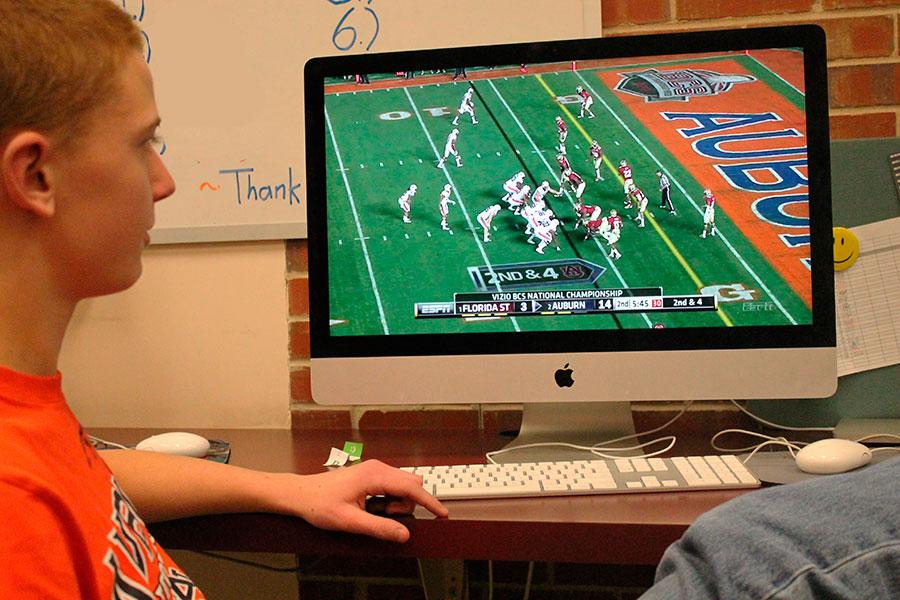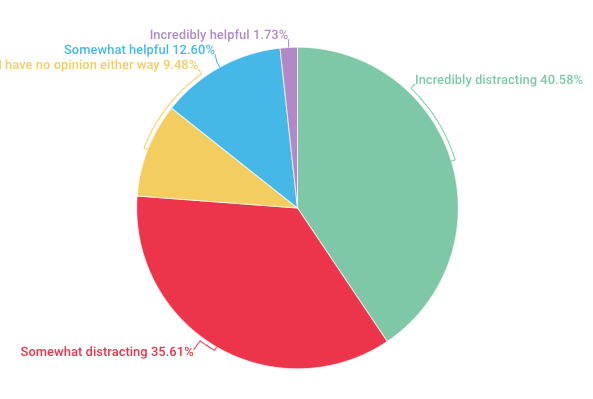4th & 18: Putting an end to “The Ruling on the Field Stands”
November 13, 2014
Here’s the scenario: the Auburn Tigers are down by three points late in the fourth quarter, trying to avoid being upset by Texas A&M. Nick Marshall attempts the handoff to Cameron Artis-Payne but the ball is fumbled! There is a mad scramble at the bottom of the pile, but when the bodies are pulled away Texas A&M has the football! Naturally, the play goes to the booth, and it looks like Artis-Payne had possession of the ball before the entire A&M defensive line charged in. However, this evidence wasn’t convincing enough to sway the referees, so they uttered the five-word bailout: “The ruling on the field stands.”
A few plays later, A&M tries an outside run, but Auburn stops them in the backfield! This could be a potential safety! However, the referee said no, and a booth review was pointless as it just left the referee to give the same five-word response: “The ruling on the field stands.”
The game ended with a fumble that was far more clear than either of the other two plays, but the fact that neither play could be overturned by a booth review means that Texas A&M simply got lucky that the two close calls were made in their favor on the field. This begs the question: in an era when each football play is filmed and the video can be viewed from multiple angles, can be zoomed in and out with exceptional video quality, and can be slowed down to frame-by-frame, why does the ruling on the field made by a referee who saw the play in real time at an angle that may not have been optimal, trump the frame-by-frame analysis that a booth review provides?
It is odd and unfortunate that such a rule still stands; a referee is bound to make a ruling on the field but has the ability to refuse to confirm or deny a call based on video evidence.
Granted, this spawns out of my fandom for the Tigers football team and being recently admitted to Auburn. It is no secret that the fact that referees need indisputable video evidence to overturn a call often works to a team’s advantage. The phrase “the ruling on the field stands” helped Auburn to a national championship in 2011 after Auburn RB Michael Dyer was tackled by the Oregon defense, ruled not down, and ran for a big gain that helped Auburn to a winning field goal. The video review showed just how close Dyer’s knee was to touching the ground. Was he down? Was the call correct? It doesn’t matter. The referees were bound by their original call.
While this has been a long standing rule in football, I think it is time to take a big pink eraser to the NFL and NCAA rule books. Video review is intended to help make the close calls, so it shouldn’t prohibit the referee from making the call on an extremely close play. In all honesty, a live play is often far less indisputable than a frame-by-frame replay. By next season, I would like the phrase “indisputable video evidence” in the trash can. While you’re at it, do me a favor and throw “roll tide” in there too.











